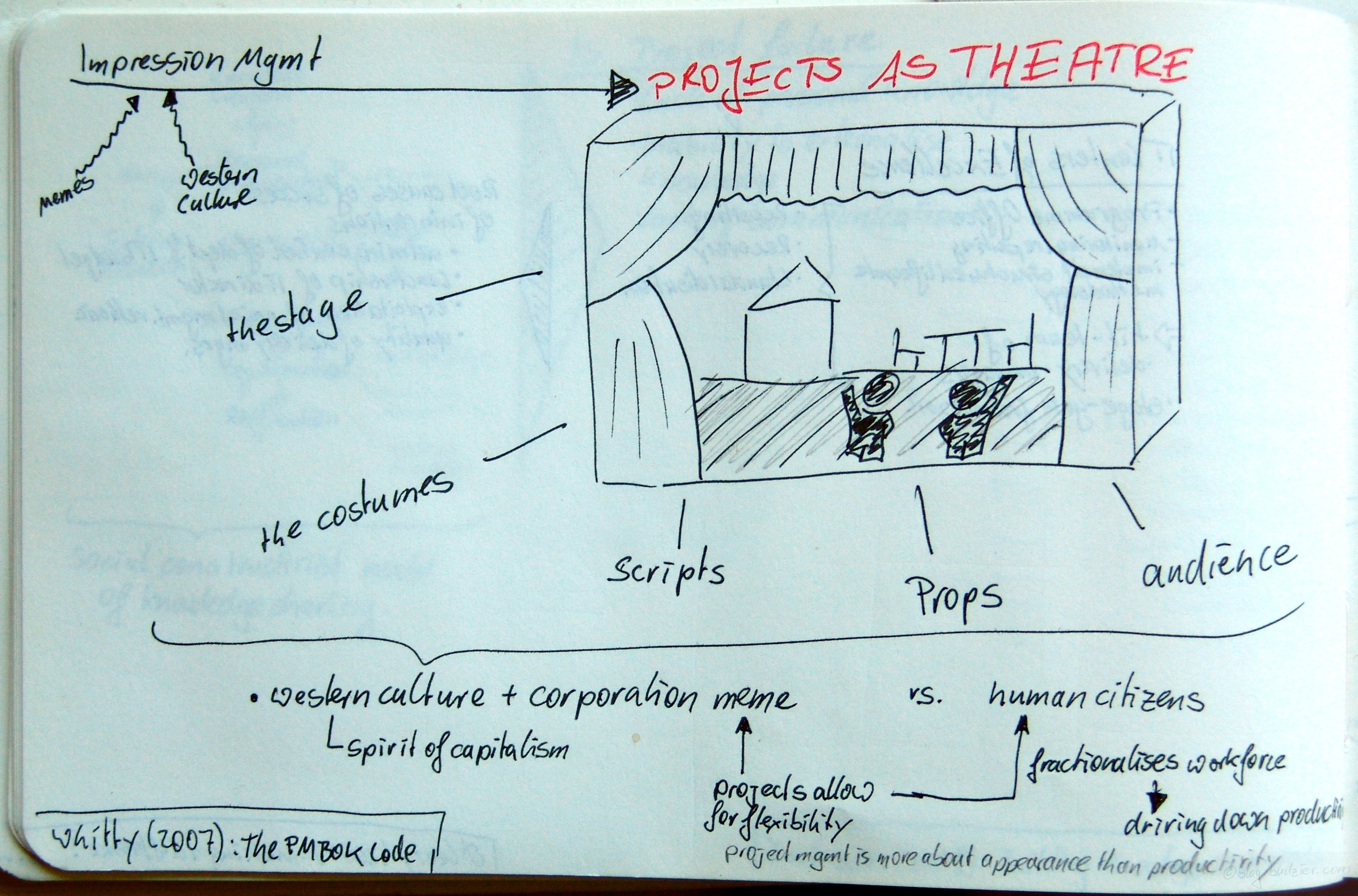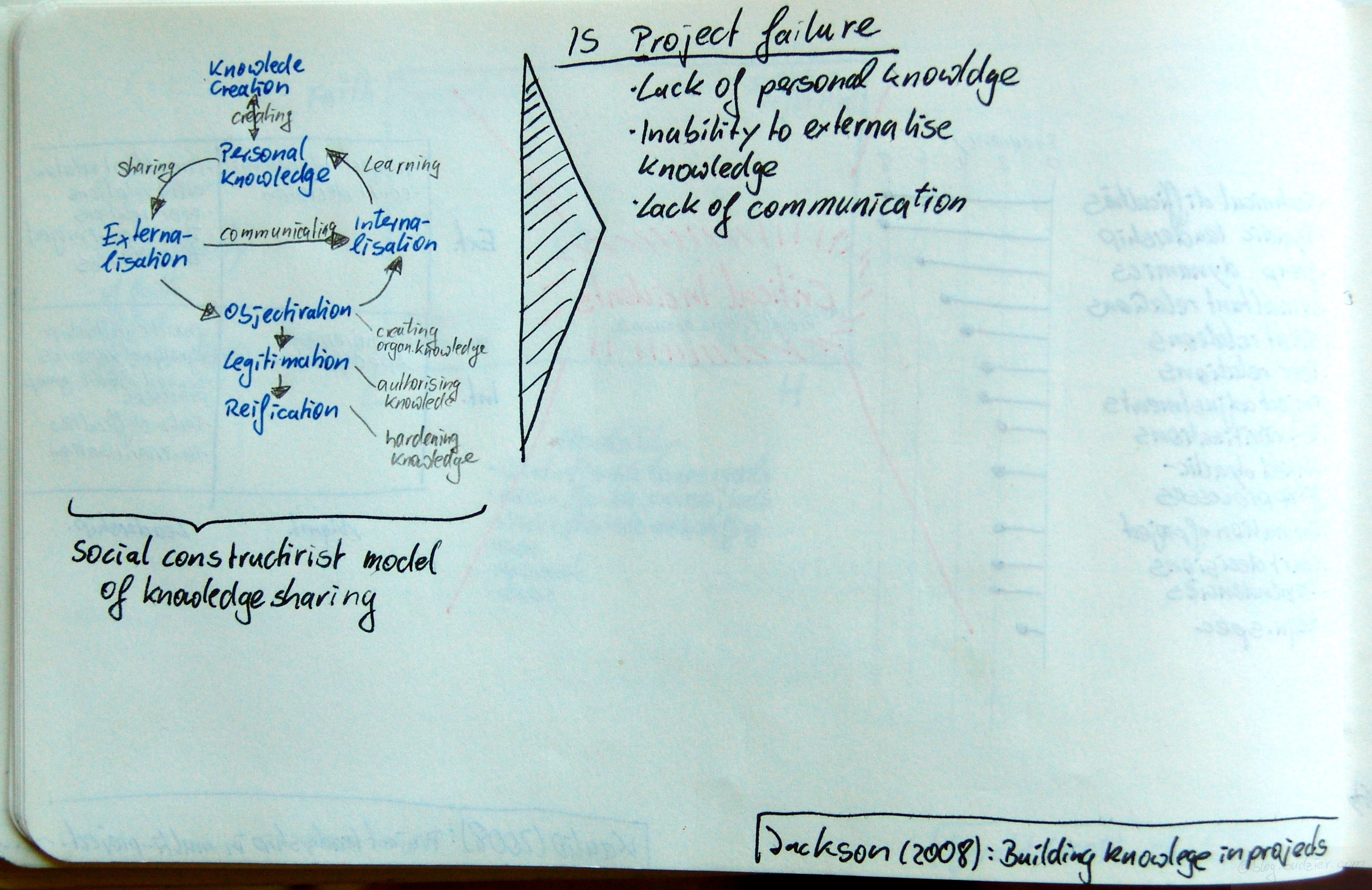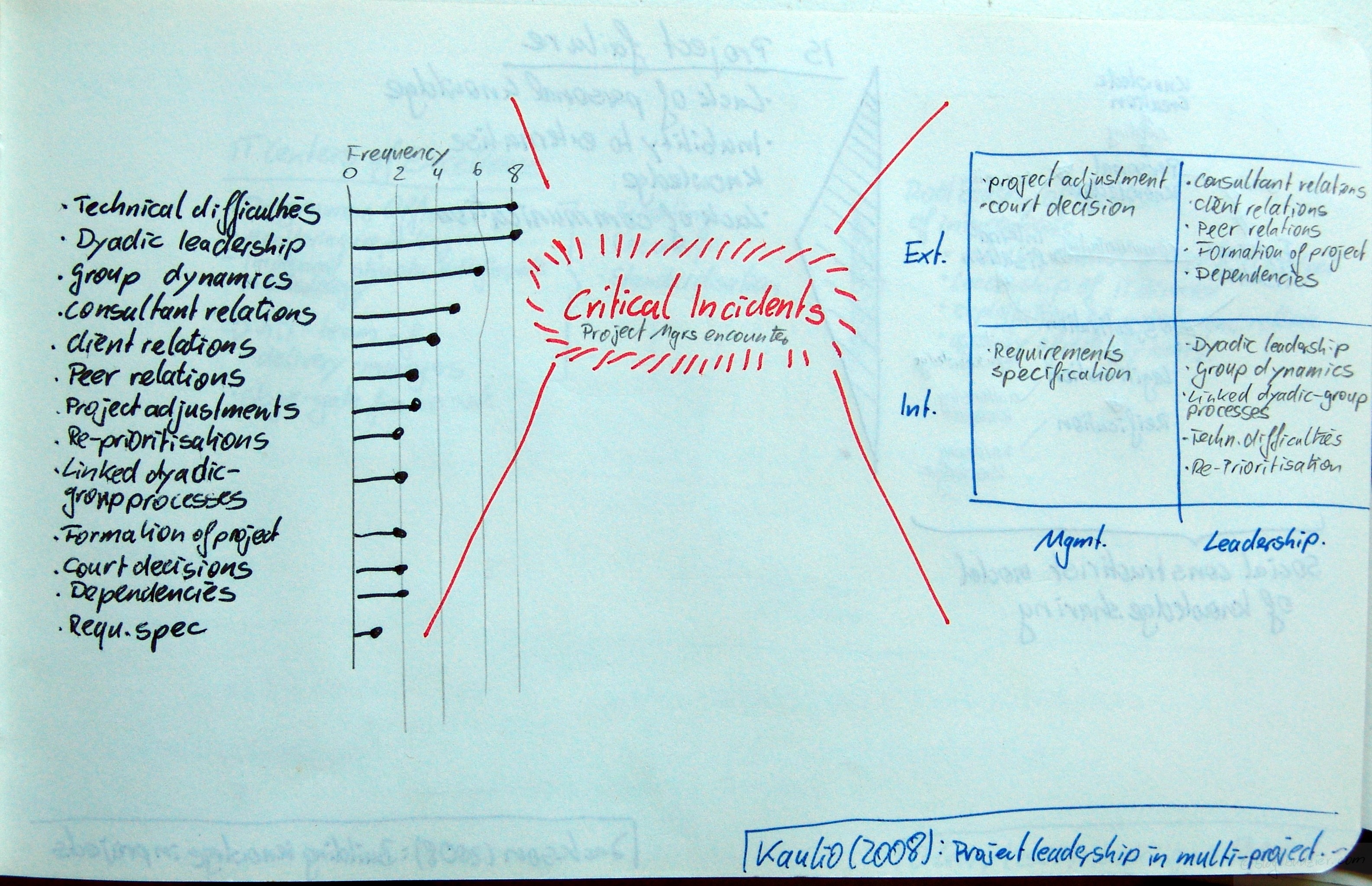Blichfeldt, Bodil Stilling; Eskerod, Pernille: Project portfolio management Theres more to it than what management enacts; in: International Journal of Project Management, Vol. 26 (2008), No. 4, pp. 357-365.
http://dx.doi.org/10.1016/j.ijproman.2007.06.004
Project Portfolio Management in Theory consists of
- Initial screening, selection, and prioritisation of proposed projects
- Concurrent re-prioritisation
- Allocation and re-allocation of resources
These activities are free of any value. Blichfeldt & Eskerodt analyse the reality of project portfolio management to find out if it does any good to the organisations it is used in.
In reality they find that project portfolio management is merely a battle for resources and that portfolios consist of way to many projects to be practically manageable. He finds two distinct categories of projects in a portfolio – (1) enacted projects and (2) hidden projects.
Among the enacted projects are typically the new product developments, the classic project, trimmed for successful launch of a new cash cow. But in this enacted project category there are also the larger renewal projects. The larger renewal projects are usually not directly linked to the demand side, their primary aim is to enhance internal activities and not customer value, and some of them cut across departments. Overall the large renewal projects are not as well managed as product development projects – they lack experience, have a low priority, and lack structure, reviews etc.
The second category are the hidden projects. Usually bottom-up initiatives, departments or even single persons start during their work hours, or in specifically allocated time to pursue innovative projects of own interest.
Blichfeldt & Eskerod recommend to enact more projects. Manage the larger renewal projects in a more structured way, and include the hidden projects into the portfolio. If they drain resources they must be managed. Without destroying the creativity and innovation that usually come from these grass-root projects, organisations should allocate resources to a pool of loosely-controlled resources. Unenacted projects should be allowed to draw resources from this pool, with minimal administrative burden.





